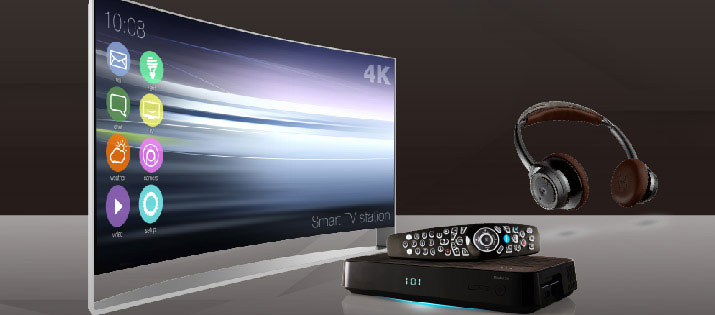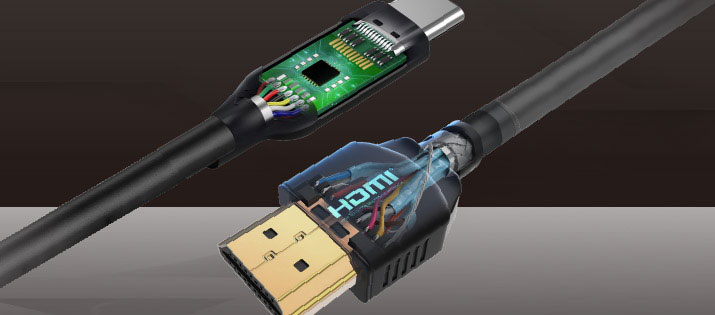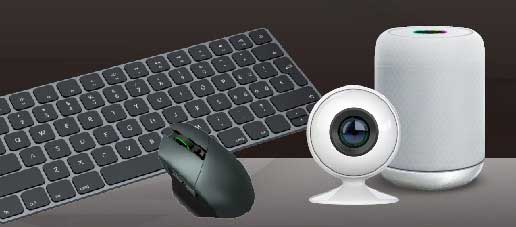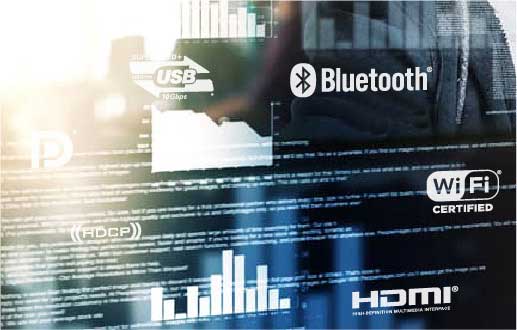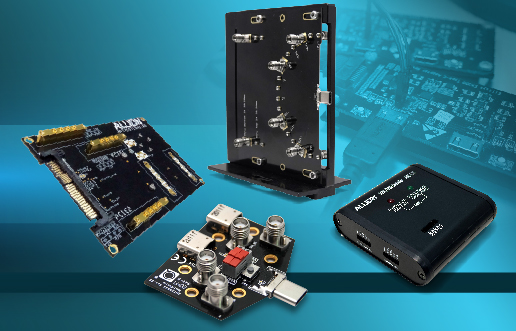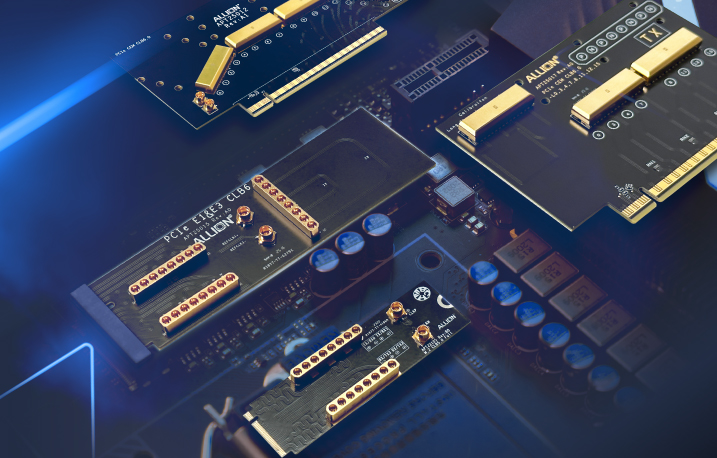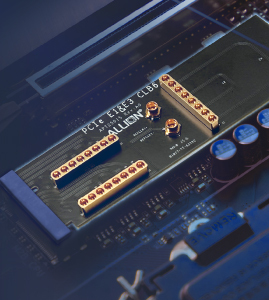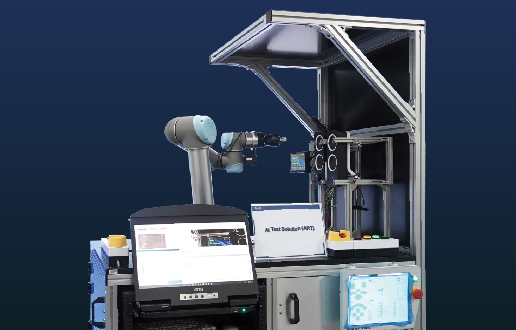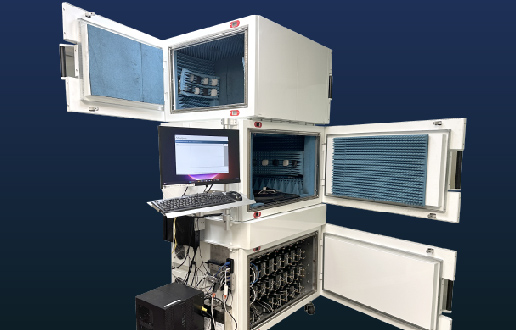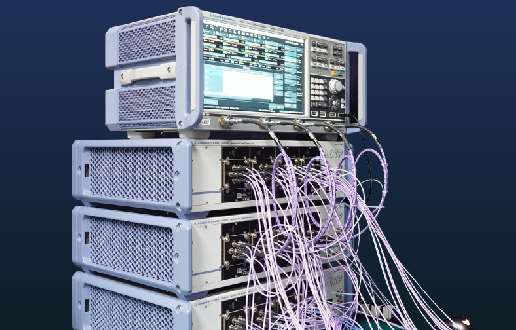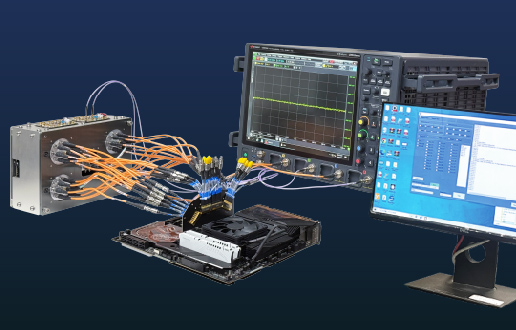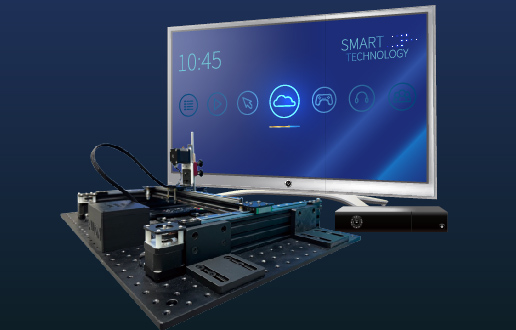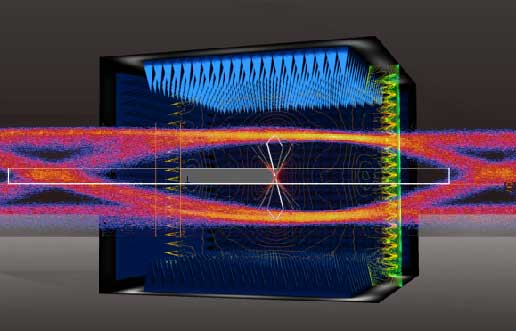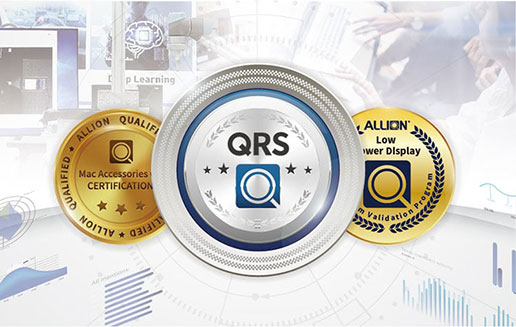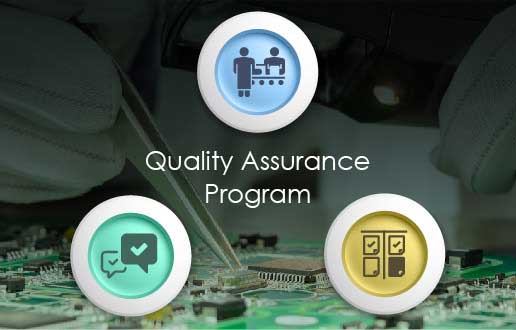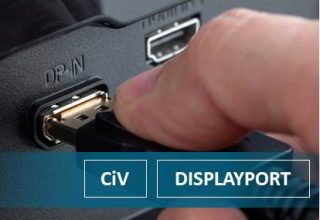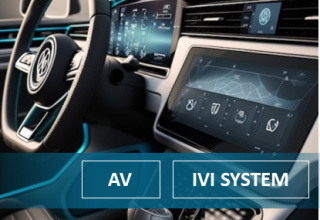Thiele-Small Parameters: How Do They Impact Speaker Driver Design?
The design of a high-performance speaker system is contingent upon a thorough understanding of the core parameters of speaker drivers, which fundamentally determine the system’s acoustic performance. The IEC 60268-5 standard, specifically designed for speaker drivers, defines precise measurement methods for these parameters. This allows designers to calculate the performance of speakers across different frequency ranges with data-driven precision, leading to the development of speaker products tailored to specific needs. These critical parameters, also known as Thiele-Small (TS) parameters, provide fundamental reference data for design.
Explore More: Loudspeaker Driver Sound Quality Measurement: The Essential Path for Acoustic Performance Evaluation
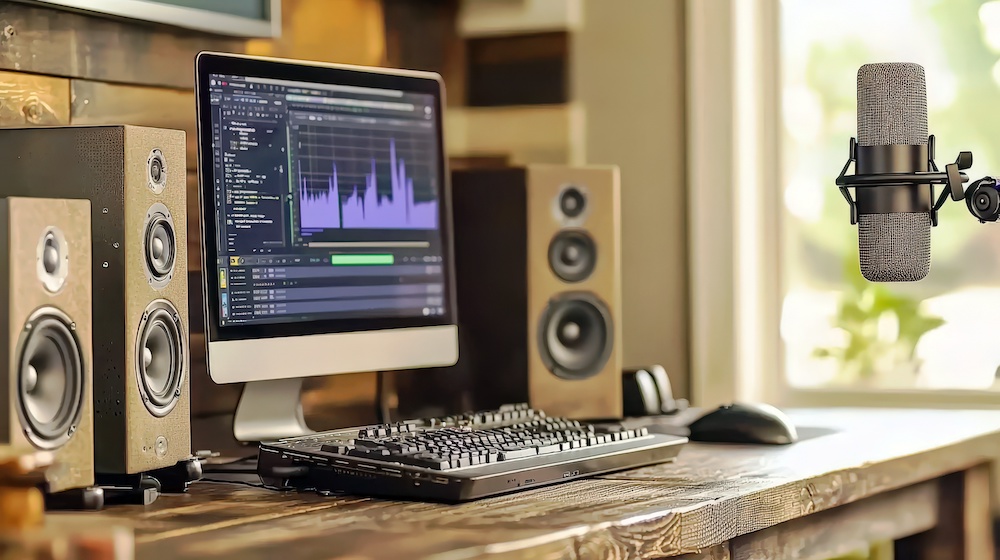
Client Background and Challenges
In this case, the client, a laptop manufacturer, needed to integrate speakers into their laptop structure. Thiele-Small (TS) parameters played a pivotal role in this process. Without accurate TS parameters, the following designs could be compromised:
- Low-frequency response design
- Enclosure size and structure design
- Speaker and amplifier matching
- Acoustic tuning and optimization
- Product consistency and reliability
To ensure accurate and stable measurement data, the client sought professional technical support from Allion, known for its acoustics consulting team and state-of-the-art measurement facilities.
Allion’s Solution
Step 1: Understanding Client Needs and Technical Consultation
Upon learning about the client’s requirements, Allion’s acoustics consulting team shared the critical parameters for speaker design during consultations and emphasized the importance of the following:
- Resonance frequency (Fs)
- Equivalent compliance volume (Vas)
- Total quality factor (Qts)
- Motor force factor (Bl)
- Mechanical resistance of the system (Rms)
- Mechanical compliance of the system (Cms)
- Mechanical mass of the system (Mms)
- Mechanical quality factor (Qms)
- Electrical quality factor (Qes)
- L2, R2
- Erm, Krm, Exm, Kxm
Step 2: Test Planning and Measurement
To ensure higher precision in TS parameter measurements, Allion invested in vacuum equipment. By measuring speaker impedance curves under vacuum conditions, the impact of air load is eliminated, allowing precise measurement of critical parameters such as the vibration system mass (Mm), compliance (Cm), and resistance (Rm).
Step 3: Data Analysis and Design Recommendations
With the measured speaker parameters, the client compared different enclosure design options. Based on the measured total quality factor (Qts) data, Allion’s consulting team discussed with the client whether to choose a sealed enclosure or a bass-reflex enclosure.

- Speaker critical parameter measurement
- Speaker system design recommendations
- Product performance validation
- Professional issue analysis and debugging support
Implementation Benefits
By adopting Allion’s professional recommendations, the client reduced overall development time and manpower costs while successfully completing the project within the planned timeline. The product was launched into mass production as scheduled
Time to Market with Quality: Delivering Superior Audio Experiences with Allion
Allion’s acoustics consulting services and verification techniques enable clients to quickly compare data across design options, maximizing low-frequency response while maintaining excellent acoustic performance. This helps clients make informed decisions faster and more effectively. We offer Faster, Easier, and Better premium services, ensuring high-quality products reach the market swiftly, achieving the Time to Market with Quality goal.
If you need testing, validation, or consulting services related to speaker drivers, please visit our Audio Acoustics Validation Lab or contact us through our inquiry form.
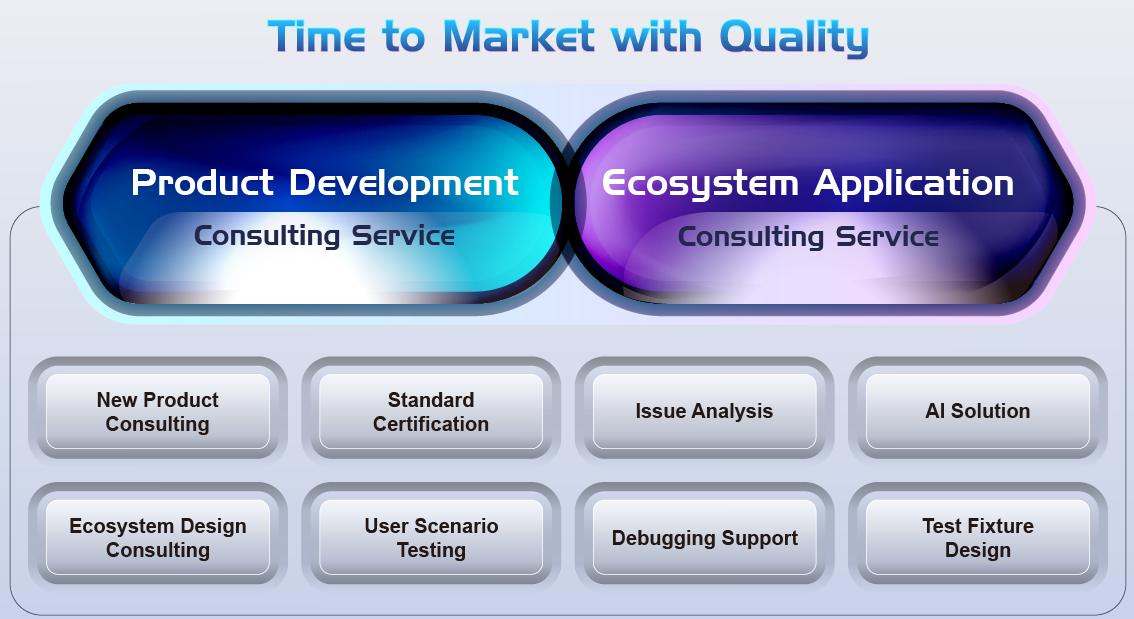
Success Stories









